Home / Nature & Environment / Disease Outbreak Prevention / Humanitarian Action, Response and Relief / Who was most affected by the flooding?

Reach your personal and professional goals
Unlock access to hundreds of expert online courses and degrees from top universities and educators to gain accredited qualifications and professional CV-building certificates.
Join over 18 million learners to launch, switch or build upon your career, all at your own pace, across a wide range of topic areas.

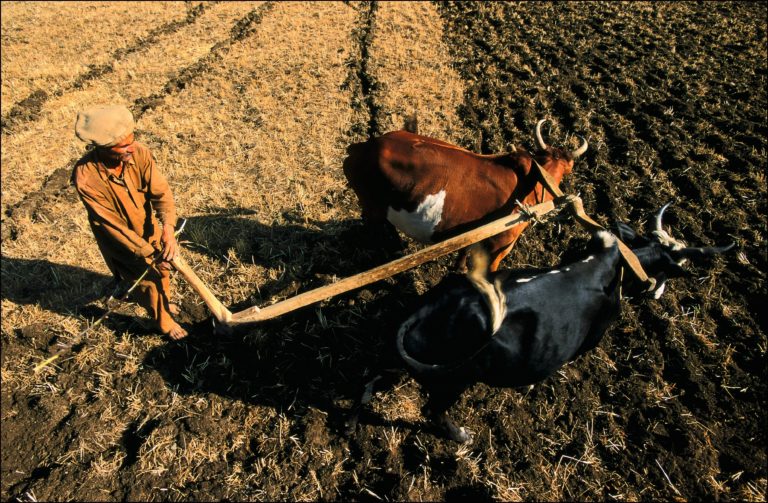 ©Eric CHRETIEN/Gamma-Rapho via Getty Images
©Eric CHRETIEN/Gamma-Rapho via Getty Images
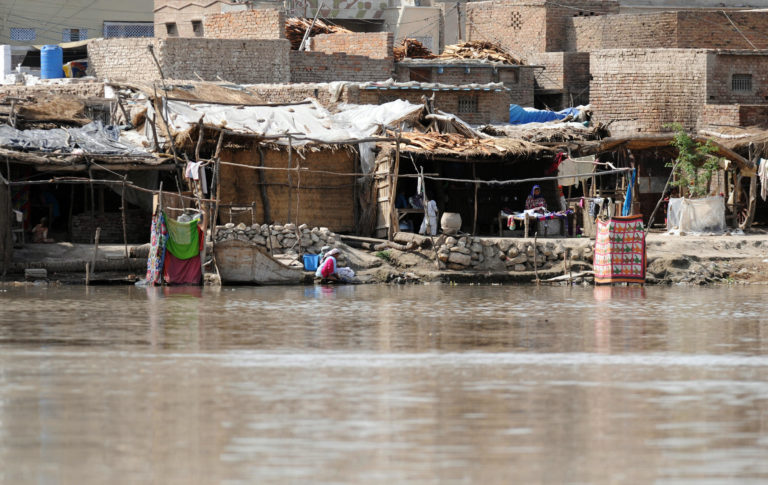 ©ASIF HASSAN/AFP via Getty Images
©ASIF HASSAN/AFP via Getty Images
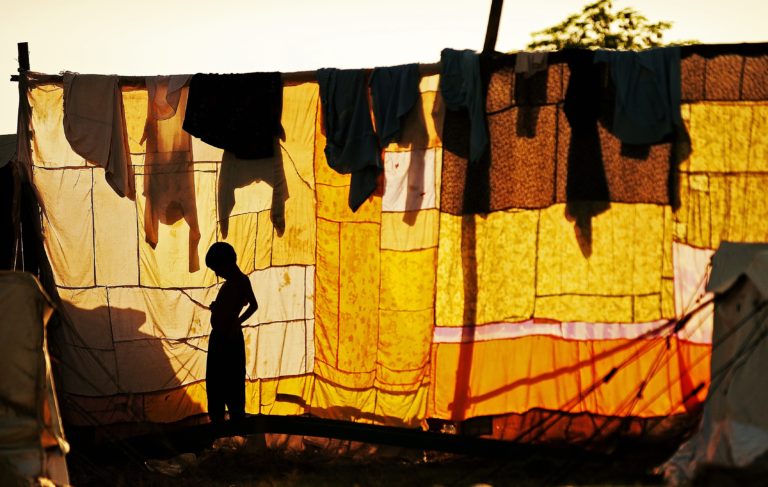 ©CARL DE SOUZA/AFP via Getty Images
©CARL DE SOUZA/AFP via Getty Images
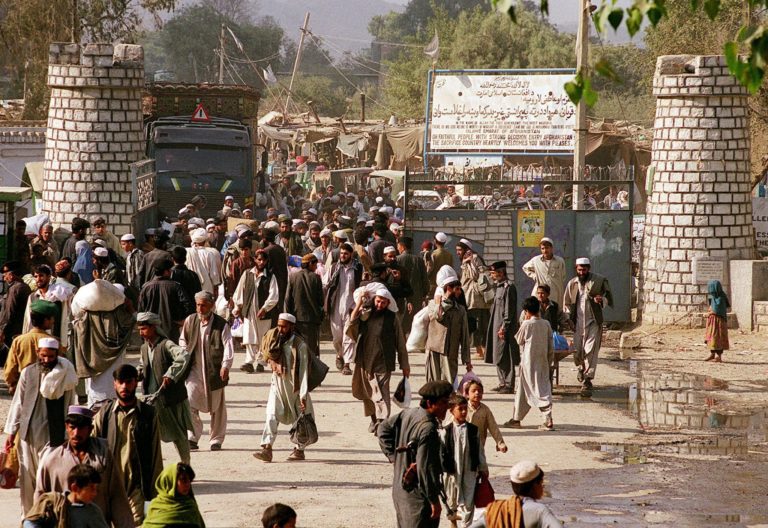 ©TANVEER MUGHAL/AFP via Getty Images
©TANVEER MUGHAL/AFP via Getty Images
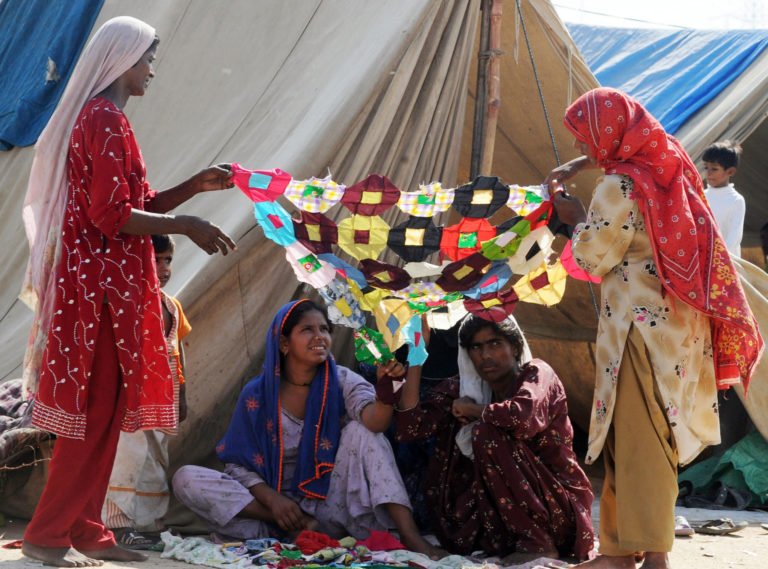 ©ASIF HASSAN/AFP via Getty Images
©ASIF HASSAN/AFP via Getty Images







